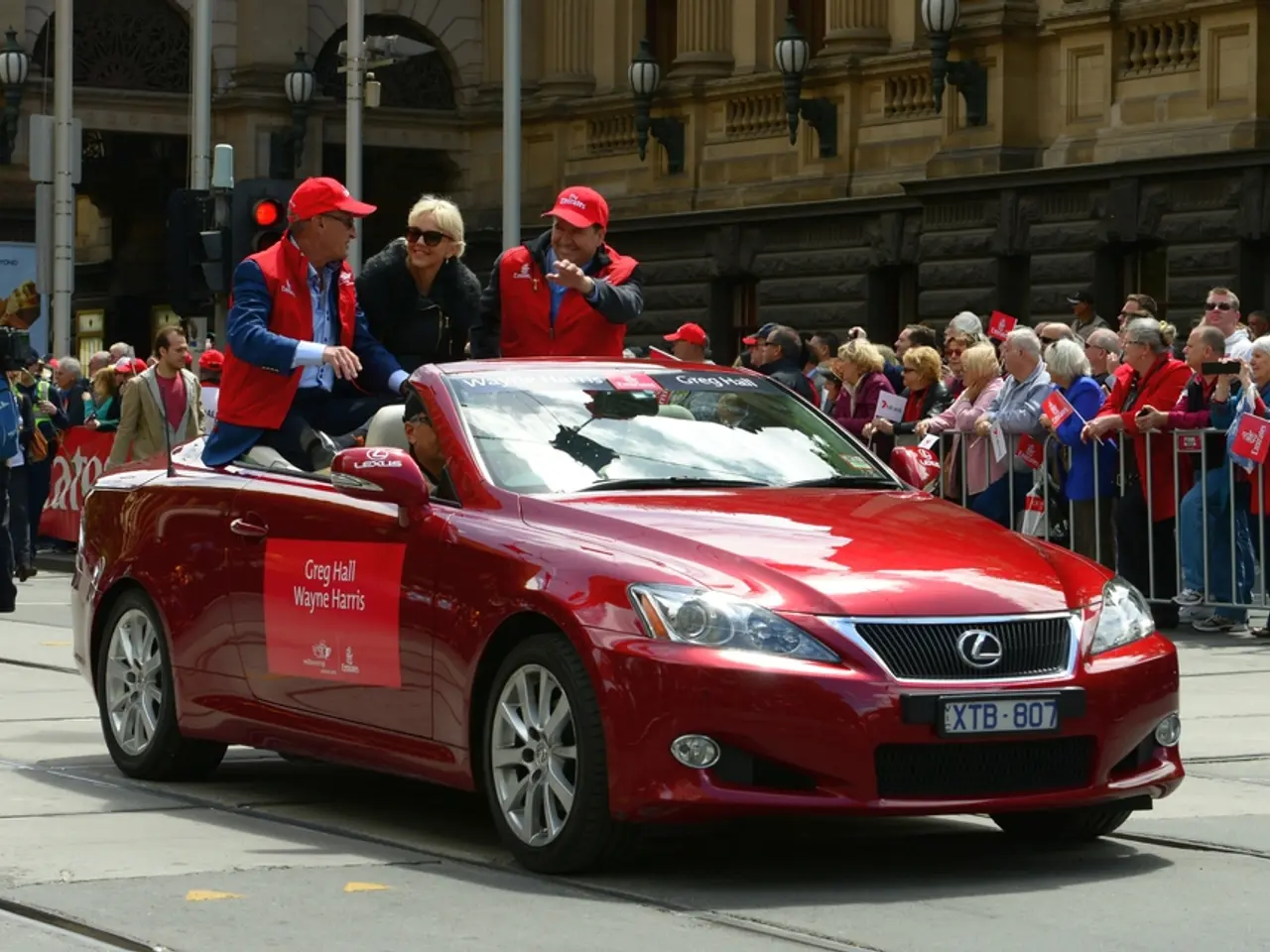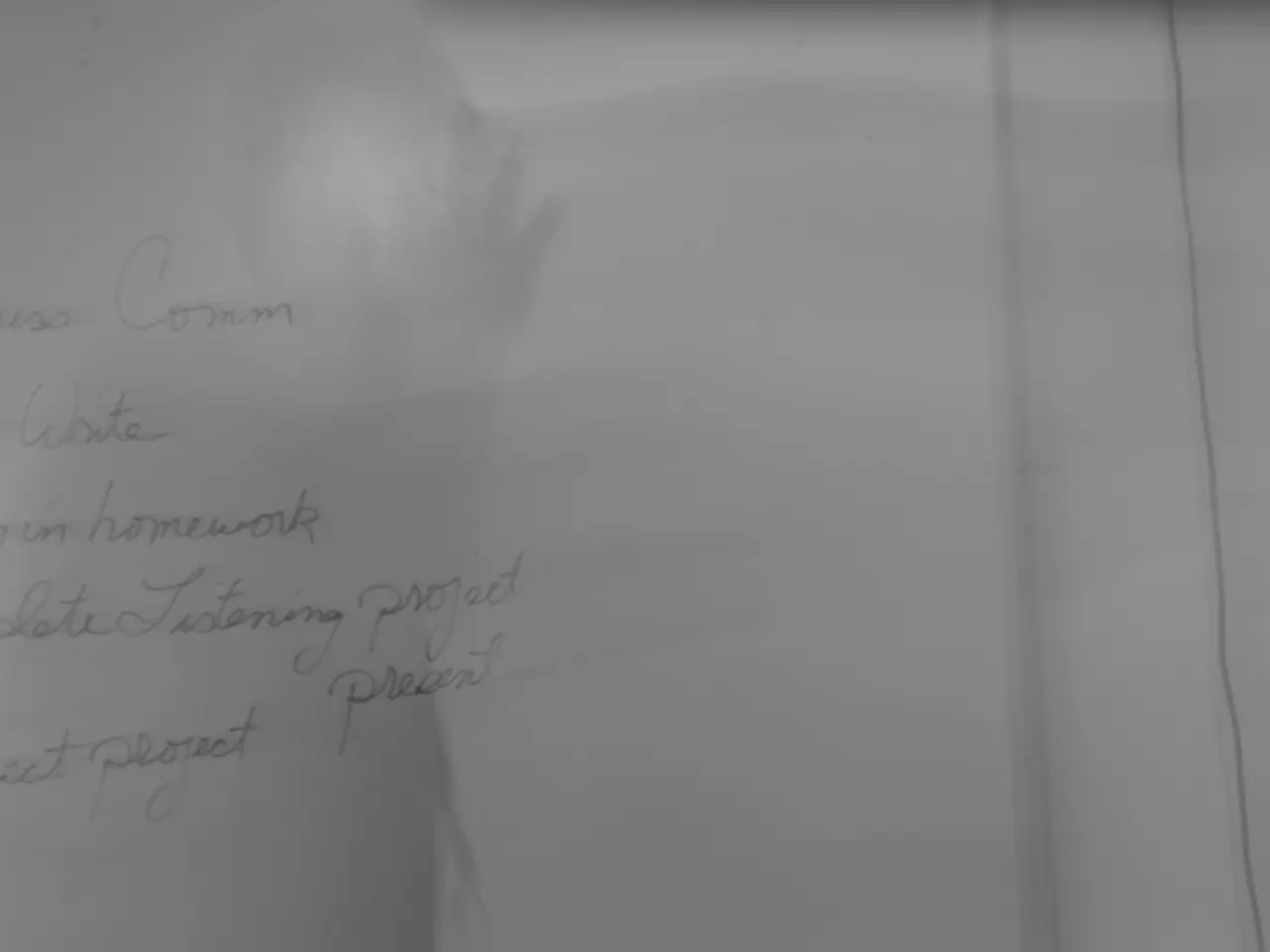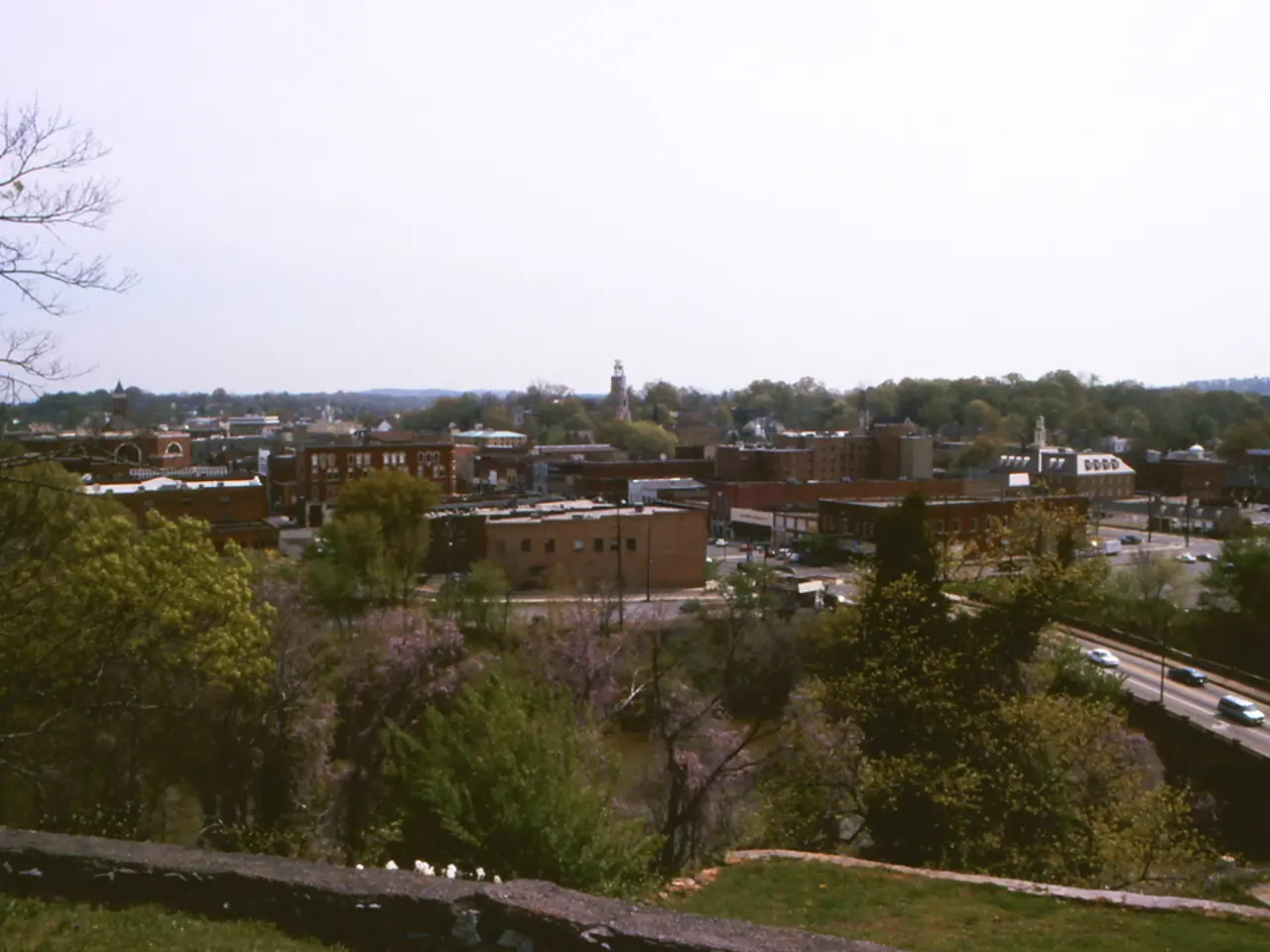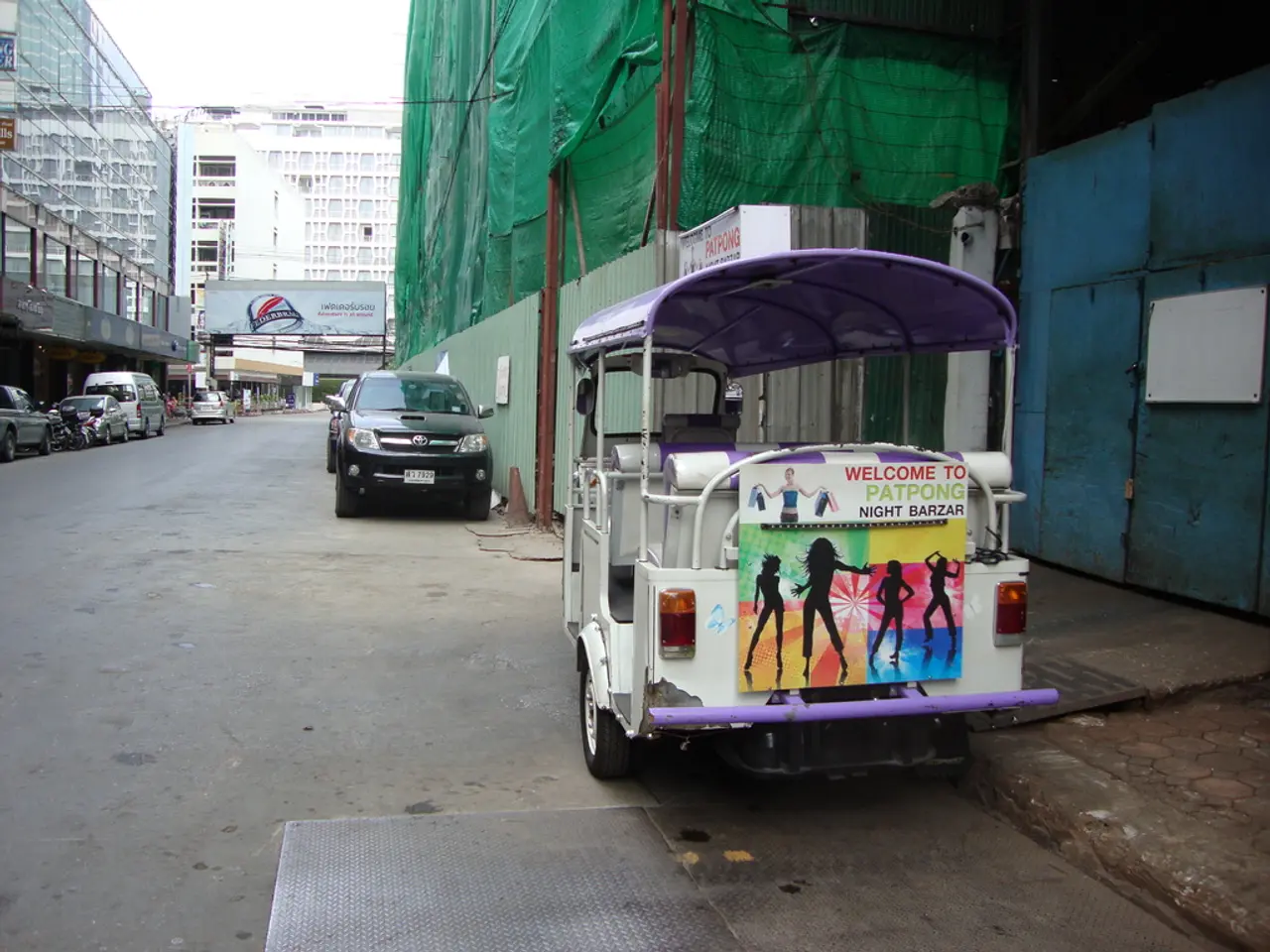Strategies for Adjusting Habits Regarding Private Vehicle Usage: The Obstacle
The way we use cars has evolved over the years, transforming them from a mere mode of transportation into a symbol of status and wealth. However, this attachment to cars often overlooks the negative consequences for health and urban space. As we strive to create more sustainable cities, it's crucial to address the fundamental barriers to behaviour change away from car use.
Social and Cultural Barriers
Deeply ingrained attitudes and cultural norms favour private car ownership and use. Public and political support for sustainable transport (walking, cycling, public transit) is often weak due to preferences for the convenience and status of cars. Changing these social norms and creating acceptance and enthusiasm for non-motorized or shared mobility options is key to behaviour change.
Financial and Institutional Constraints
A major obstacle is the lack of adequate funding and financial resources to invest in sustainable transport infrastructure. Institutional restrictions, including fragmented governance and lack of coordination among agencies, also hinder the implementation of less car-centric urban designs. Limited skilled personnel and weak regulatory frameworks contribute to poor execution of sustainable transportation strategies.
Political and Legal Barriers
Lack of political commitment or leadership to prioritize pedestrianization and reduce car dominance typically stalls progress. Legal and policy frameworks often favour car infrastructure over pedestrian-friendly designs.
Technological and Physical Barriers
In some cases, technological limitations and challenges related to urban topography and existing built environment complicate infrastructure changes. Roads designed primarily to maximize car speeds create physical barriers for walking and biking that are costly or complicated to reverse.
Land Use and Urban Form
Urban sprawl and dispersed development patterns increase dependence on private cars, making alternatives less feasible or attractive. Dense, mixed-use, walkable neighborhoods have a demonstrated effect on reducing vehicle ownership and use but require long-term planning and investment.
Street Design and Equity Issues
Many streets are designed as "incomplete streets" focusing almost exclusively on car traffic, leading to unsafe environments for pedestrians, cyclists, and transit users. There is also a need to prioritize historically underserved communities to address equity and systemic underinvestment.
In summary, the move away from car dependency requires overcoming cultural attitudes, securing financial and political commitment, reforming legal and institutional frameworks, redesigning urban form and transport infrastructure, and addressing equity and safety concerns for pedestrian and non-motorized users. These challenges are interconnected and need coordinated policies and stakeholder collaboration to effectively build less car-centric, more walkable cities.
The challenge is to get people to think differently about cars, focusing on the environmental implications to change public opinion in a meaningful way. As city planners like Ludo Campbell-Reid emphasize, cities are about human beings, and behaviour change is integral to successful city designs. Let's work together to create cities that prioritize people over cars.
Sources:
[1] Newman, P., & Kenworthy, J. (2015). Sustainability and Cities: Overcoming the Challenges. Routledge.
[2] Cervero, R. (2004). Transit in America: Planning, Policy, and Politics. MIT Press.
[3] Sadowski, J. (2011). The Geography of Transport Systems. Routledge.
[4] Handy, S., & Hess, K. (2011). The Right of Way: Roadspace Reimagined. Island Press.
- To ease climate change and promote environmental science, it's essential to adopt sustainable living habits like embracing home-and-garden solutions that minimize carbon footprints, as part of our lifestyle adjustments.
- As we work towards creating more environmentally friendly cities, it's necessary to consider the role of environmental-science education in raising awareness about the adverse effects of climate-change-denying practices on our urban spaces.
- To ensure a sustainable future, we should prioritize living arrangements and city designs that support non-motorized and shared mobility options, thereby promoting sustainable-living values and a reduced dependence on cars.




